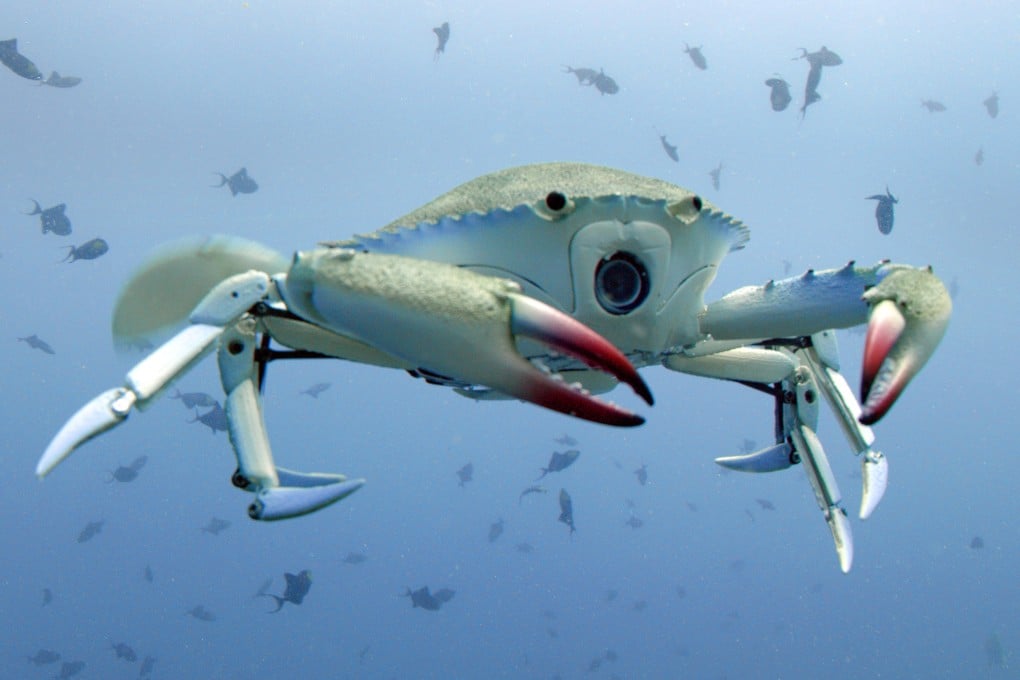BBC’s Spy in the Ocean: how the incredible animatronic animals evolved, why they’re so effective and how much they cost (they’re not cheap)
- New BBC series Spy in the Ocean stars the broadcaster’s next generation of undercover agents, including a dolphin, octopus, seal – even a baby humpback whale
- Their ability to blend in gives the robotic interlopers access to ocean scenes rarely, if ever, captured by camera

Evolution moves in mysterious ways, though granted the latest iteration might not be any that Charles Darwin would have recognised.
In 2017, BBC television series Spy in the Wild went undercover to secure previously unattainable access to the lives of terrestrial, aerial and amphibious animals. It conferred on viewers a sort of private-club membership of communities of Komodo dragons, boars, crocodiles, egrets, cobras, hippopotamuses, gorillas, jaguars and many more.
How did the BBC do it? By deploying camera-toting animatronic versions of each creature on covert missions.
Now, the next stage in the spies’ evolution puts the BBC’s secret agents way out to sea.
Four-part series Spy in the Ocean stars the next generation of undercover agents, featuring an animatronic dolphin, octopus, marine iguana, cuttlefish, seal – even a baby sperm whale.
“That’s our top end!” jokes producer Huw Williams during a video call from Bristol, England, as he explains that development costs have unavoidably risen in proportion to creature sophistication.